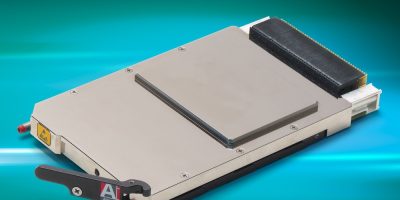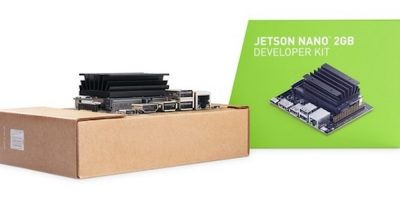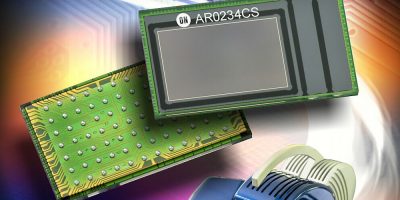Aitech Systems has based its C530 general purpose GPU (GPGPU) board with GPUs, based on Nvidia’s Turing architecture. The rugged, high performance board helps designers overcome major hurdles in the rugged AI landscape by providing accelerated data processing of multiple streams simultaneously, while withstanding extreme environmental conditions, says Aitech.
The enhanced 3U VPX board is based on COTS, open-standard architectures. Compared with accelerated architectures which are not based on general purpose GPUs, the C530 uses multi-layered artificial neural networks and the Nvidia Turing architecture-based GPUs to concurrently execute floating point and integer operations. When equipped with the Nvidia RTX 3000 GPU, the C530 houses 1920 CUDA cores for parallel processing, 240 Tensor cores for AI inference, 30 ray tracing cores for real-time rendering and 6Gbyte DDR6 for processing of up to 5.3TFLOPS (FP32). The T1000 GPU’s 896 CUDA cores and 4Gbyte DDR5 enable 2.6TFLOPS (FP32) of data processing.
Dan Mor, GPGPU product line manager for Aitech, said that the enhanced C530 uses the power of Nvidia to provide the performance needs for compute-intensive applications like AI delivery, video analytics and image processing.
The C530 delivers accuracy in complex tasks such as object detection, classification, segmentation and motion detection. It is used widely throughout rugged high performance embedded computing (HPEC) applications, including unmanned and autonomous vehicles (both ground and aerial)and in surveillance, targeting and advanced weapons systems found in naval, avionics and industrial environments.
The C530 supports the Nvidia RTX 3000 GPU, via an MXM site, and consumes only 80W. The Nvidia T1000 GPU consumes only 50W. New configurations will be released as higher-performance MXMs become available, says Aitech.
The C530 operates as a peripheral board with a compatible x86 VPX host single board computer (SBC), connected to the host SBC over the VPX backplane, via a high speed PCIe Gen3 link of up to 16 lanes. Four independent HDMI video ports each support resolutions of up to 1600×1200 at 60Hz.







